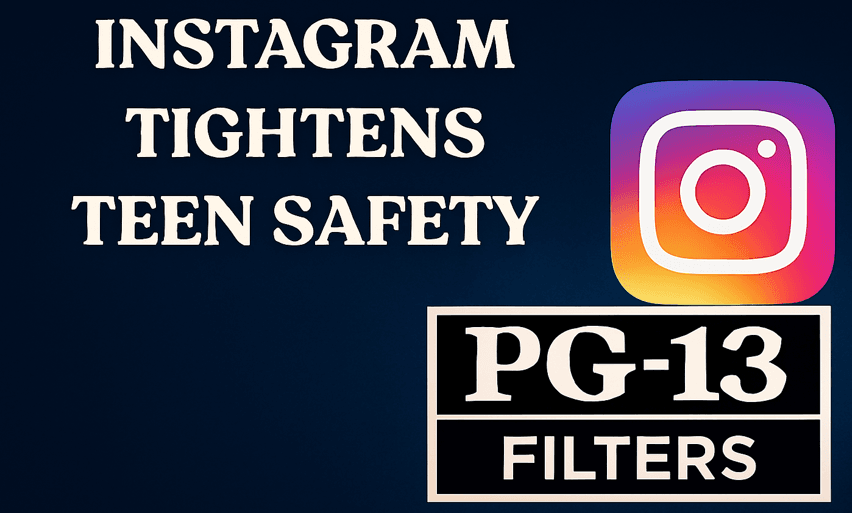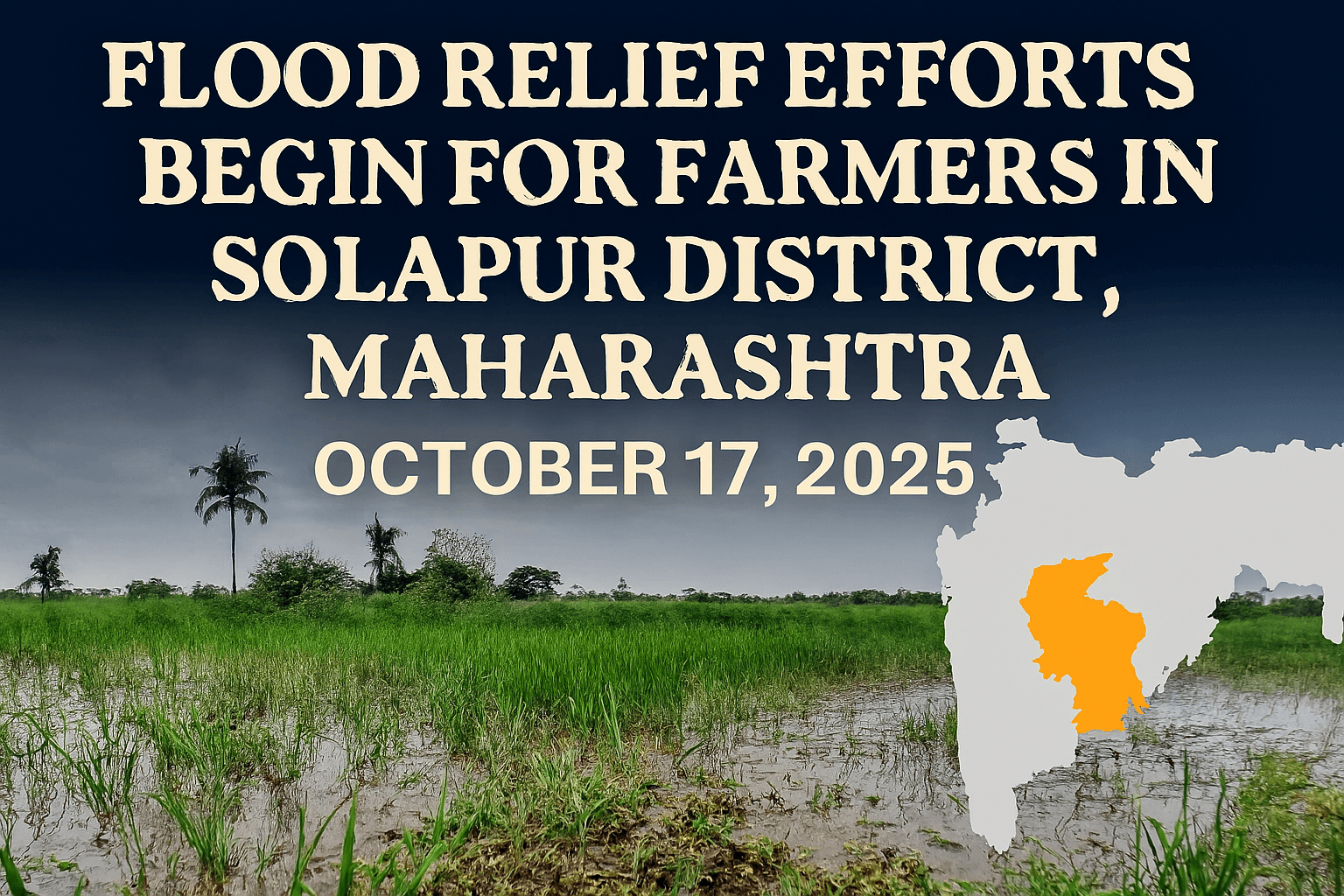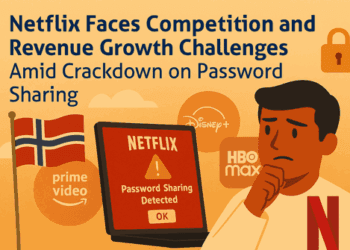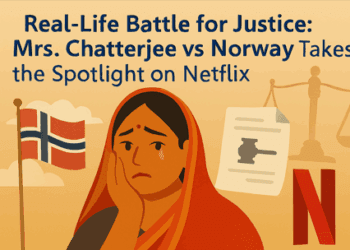On 15 October 2025, Meta announced a major update to Instagram’s safety settings for teenage users. Inspired by the PG-13 movie rating system, the platform will now automatically restrict content for users under 18, aiming to create a safer and more age-appropriate experience. The Instagram PG-13 teen safety filters will block posts featuring strong language, risky stunts, drug references, and other mature themes, marking a significant shift in how social media platforms approach youth protection.
What’s Changing?
Under the new system, all Instagram accounts belonging to users under 18 will be placed into a default “PG-13” safety mode. This means:
- Posts with violent, sexual, or drug-related content will be hidden
- Accounts sharing age-inappropriate material will be restricted from interacting with teens
- Meta’s AI tools will also follow PG-13 guidelines during content generation
- Teens cannot opt out of these filters without parental approval
Table: PG-13 Filter Features vs Previous Settings
| Feature | PG-13 Filters (2025) | Previous Settings |
|---|---|---|
| Content Restriction | Automatic filtering of mature themes | Manual reporting required |
| Default Safety Mode | Enabled for all under-18 accounts | Optional |
| Parental Control | Required for opt-out | Limited visibility |
| AI Compliance | Meta AI tools follow PG-13 rules | No AI-specific restrictions |
| Interaction Limits | Restricted access to adult accounts | Open interaction |
Why PG-13?
Meta says the PG-13 model offers a familiar framework for parents and teens. Just like a PG-13 movie may include mild language or suggestive themes, Instagram will allow limited exposure to such content while keeping more explicit material out of reach. The goal is to balance realism with protection, ensuring teens can explore social media without being overwhelmed by harmful content.
CEO Mark Zuckerberg’s Statement
“We want Instagram to feel safe, especially for young users. The PG-13 filter system is a step toward making social media as age-appropriate as cinema,” said Meta CEO Mark Zuckerberg in a press release. He emphasized that the update is part of Meta’s broader commitment to youth safety and digital well-being.
Global Rollout Timeline
The PG-13 filters began rolling out globally on 14 October 2025. All new teen accounts will be placed under the new safety setting by default. Existing accounts will be migrated over the next two weeks. Parents will receive notifications and can choose stricter settings if desired.
Use Cases and Impact
- Teen Users: Safer browsing experience, reduced exposure to harmful trends
- Parents: Greater control over what their children see
- Content Creators: Need to adapt posts to meet PG-13 visibility standards
- Advertisers: More clarity on audience targeting and brand safety
Industry Response
Advocacy groups have welcomed the move, citing long-standing concerns about teen exposure to violence, sexual content, and mental health risks. However, some creators worry about reduced reach and engagement. Tech analysts believe this could set a precedent for other platforms like TikTok and Snapchat to follow suit.
Privacy and AI Integration
Meta confirmed that its generative AI tools—including avatars, chatbots, and content suggestions—will also comply with PG-13 standards. This means AI-generated replies, images, and interactions will avoid mature themes when dealing with teen accounts. Meta’s age prediction technology will help enforce these rules even if users misrepresent their age.
Limitations and Criticism
- Overblocking: Some educational or artistic content may get filtered
- False Positives: AI may misclassify benign posts
- Creator Frustration: Reduced visibility among teen audiences
Voices from the Ground
“I feel safer knowing my daughter won’t stumble upon disturbing content,” said a parent in Pune. A teen user added, “It’s annoying sometimes, but I get why they’re doing it.” A content creator commented, “I had to rewrite my captions to avoid getting filtered. It’s a new challenge.”
Legal and Ethical Context
The update comes amid lawsuits and investigations into Meta’s handling of youth safety. Reports from August and September 2025 revealed that many of Instagram’s previous safety features were ineffective or poorly enforced. The PG-13 system is Meta’s response to mounting pressure from regulators and public opinion.
Future Outlook
Meta plans to expand the PG-13 framework to other platforms, including Threads and Messenger. Upcoming updates may include screen time limits, emotional health prompts, and AI-driven content moderation. The company is also working with child psychologists and educators to refine its safety algorithms.
Conclusion
The Instagram PG-13 teen safety filters represent a bold step toward responsible social media. While not perfect, the system offers a structured approach to protecting young users in an increasingly complex digital world. As Meta continues to evolve its platforms, the balance between freedom and safety will remain a central challenge.
















